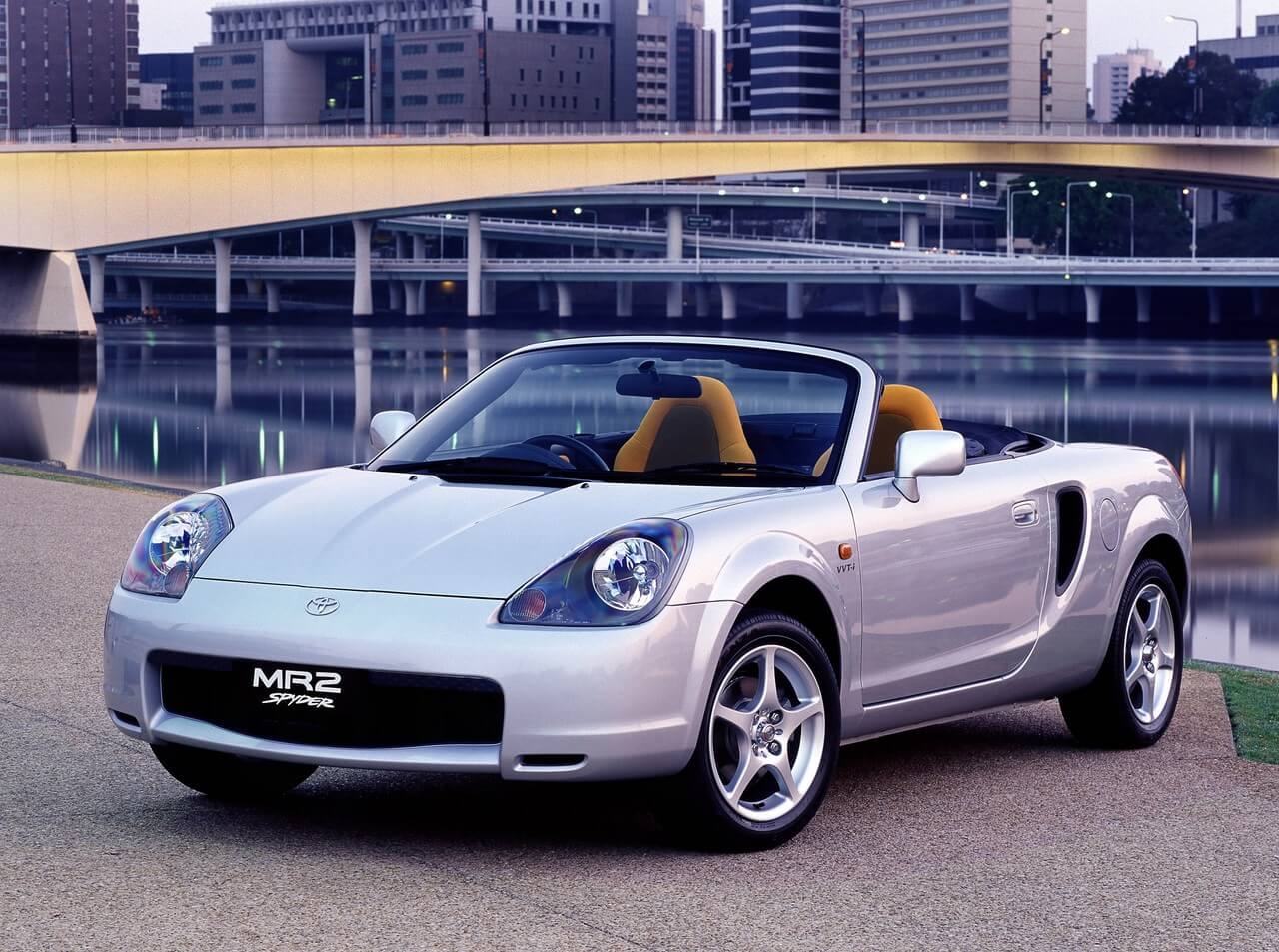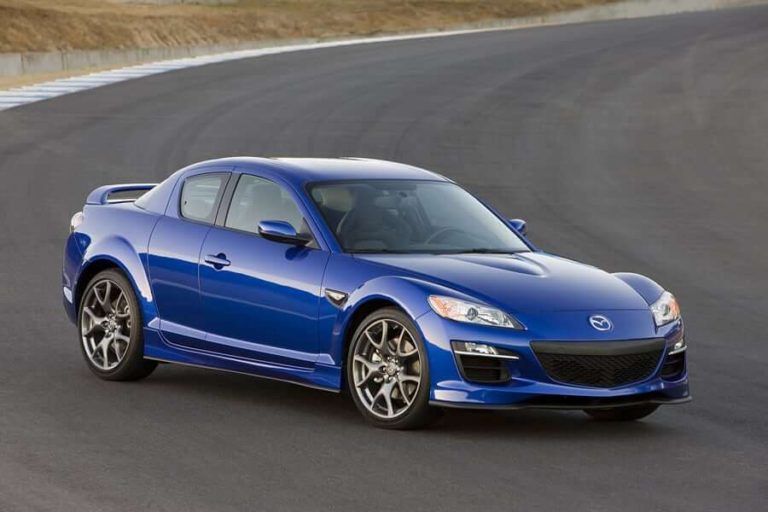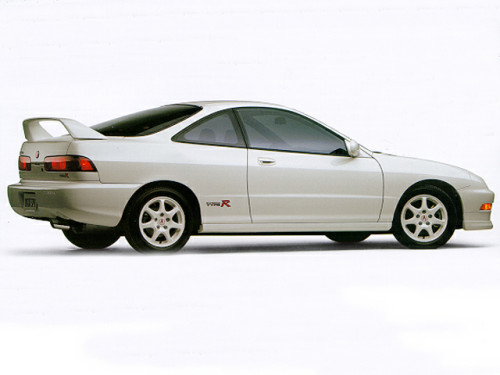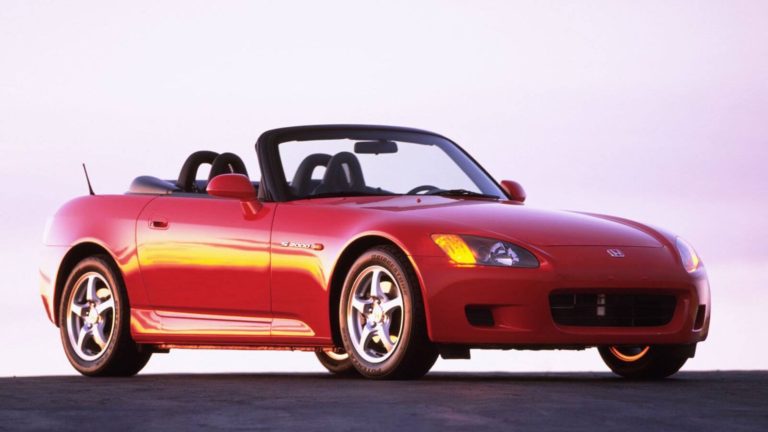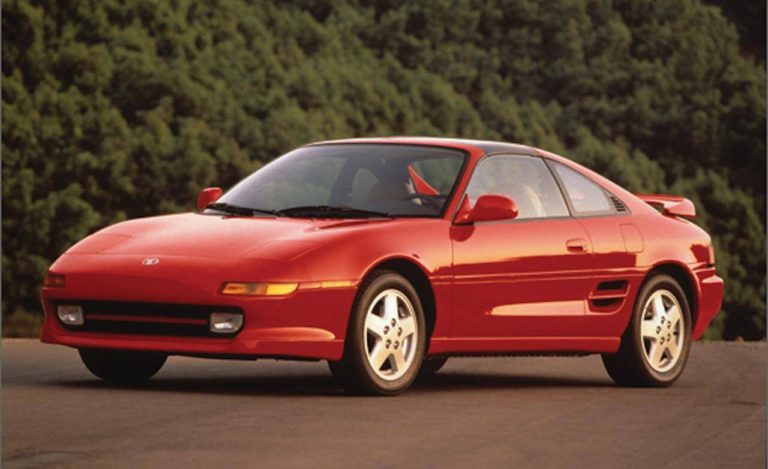Comparing The MkI, MkII & MkIII Toyota MR2
Comparing MR2s
When you’re comparing cars, you can consider a bajillion factors: initial cost, aesthetics, engine power potential, FWD vs RWD vs AWD, safety, chassis communication, reliability, etc. The AW11, SW2x and ZZW30 are similar in that both are MR configurations, but the similarities really grind to a halt not soon after. The SW20 was designed in the spirit of a GT. The turbocharged version was also blessed with a powerplant that could fill the promise made by those sexy curves, so, like the Supra, Mitsubishi 3000GT VR-4, and other GT-ish cars of the same era, drivers have sometimes modified them outside of their designed intent. Doesn’t mean the SW20 can’t fill those shoes, but at some point all the extra weight, the T-bar roof, the wonderful interior start to feel a bit overwrought–or least misplaced–when your only desire is to go wicked fast. Still, if you’re thinking sweet spot—and you really must—the SW2x can definitely punch a hole through a bull’s-eye as a driver’s car.
Where the ZZW30 soars is in its execution, demonstrating a minimalist philosophy everywhere, from its comparatively underwhelming powerplant (a sin Toyota had only committed once, with the 5S-FE in the SW21), to its soda-cracker weight. It could be argued that only certain advances like the MR configuration, removeable body panels, optional SMT transmission, and the roof-type really elevated the Spyder’s ambition beyond that of a Yaris, but therein lies the point: the Spyder is exactly what it was meant to be: a minimalist, open-top MR that also manages to apologize for the product-planning failure of the previous-generation MR2. Turn your back on it if you’d like, but it is arguably the best-handling MR2 ever built, and can walk away from the supercharged AW16 on a track.
Ah the AW16, supercharged variant of the AW11. The pre-adolescent MR2, like your 8th grade yearbook photo, a smidgeon awkward from certain angles, but all the more endearing for it. A pure idea that is vulnerable enough to grin at, but capable enough to bench-race. Without this genesis-on-wheels, the automotive world today may look a bit different—perhaps Miata-less—and the 1980s even more forgettable. It does, however, stop just past that grin. The AW11 can make you want to take the long way home, but never manages to make you lust for it the way an SW20 can.
Winner? All three generations of MR2s are different takes on the MR configuration. The fact that Toyota experimented with so many different engines and induction-types can be considered evidence of either their indecision on exactly what an MR2 should be, or, more likely, as a willful demonstration of the flexibility of a configuration once reserved for high-end exotics and proper race-cars.

